Junior Worlds: a Perspective from Japan
We are both in our second year at Keio Univ. Sailing Club, participated in the Snipe Junior Worlds held in Miami, Florida, USA, from January 2 to January 7, 2024. The 12-member Japanese team included Kansai University, Doshisha University, and Waseda University participants.
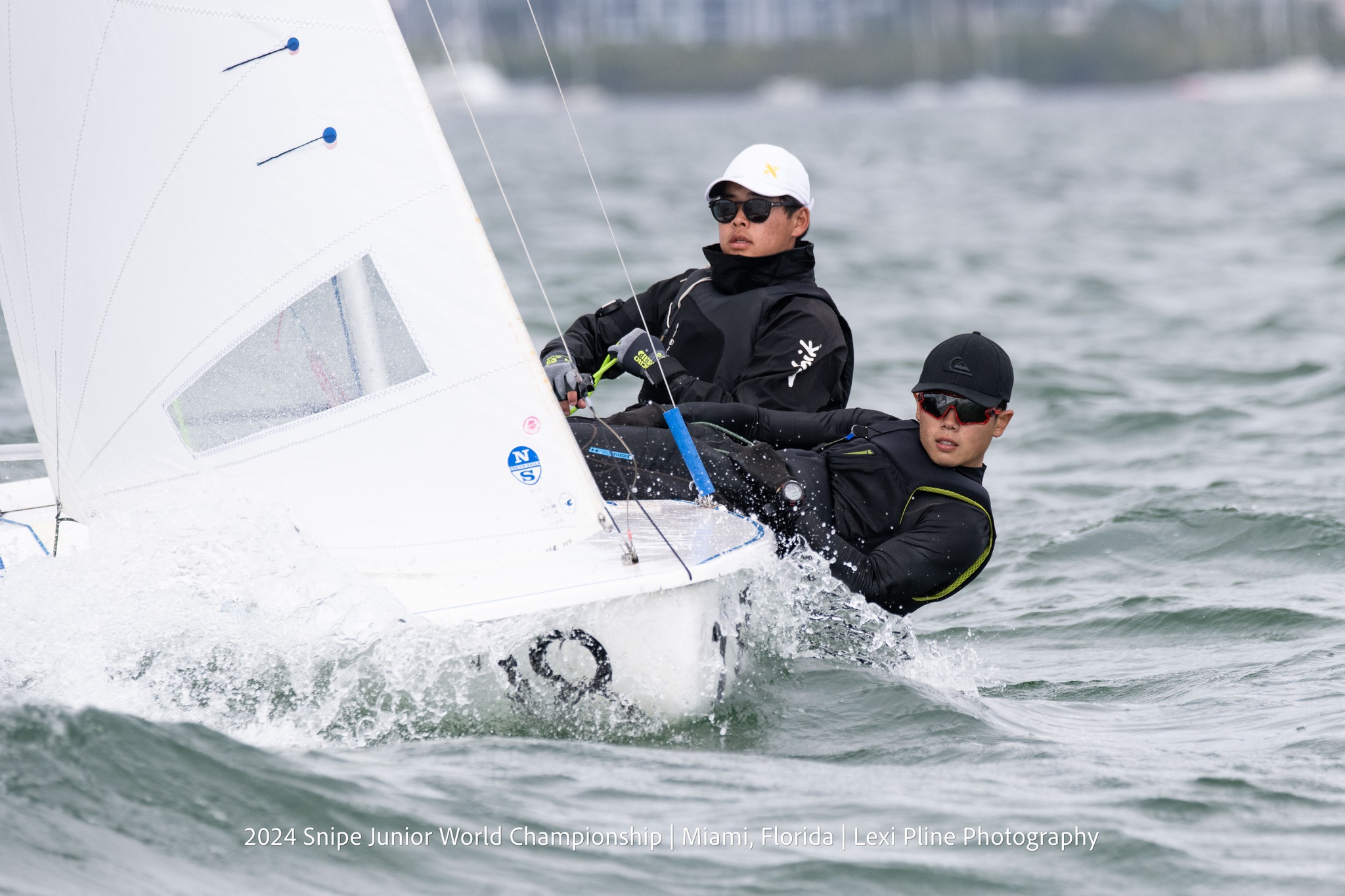
by Gen Nishimura & Takumi Chikamatsu (Keio University Sailing Team)
We are both in our second year at Keio Univ. Sailing Club, participated in the Snipe Junior Worlds held in Miami, Florida, USA, from January 2 to January 7, 2024. The 12-member Japanese team included Kansai University, Doshisha University, and Waseda University participants. This year’s event was the largest Snipe Junior Worlds, with 46 boats from 19 countries on five continents.
The Snipe Junior Worlds is a competition for the top junior sailors from each country, and Japan was selected to send sailors based on the results of the All-Japan Snipe Junior Championships held in Nishinomiya City, Hyogo Prefecture in July 2023. We, who were ranked 4th overall, were entitled to the second place. Junior sailors are those who are 21 years old or younger. The competition consisted of measurements and practice races on the first day, followed by two races per day for four days and one race on the final day, for a total of nine races.
Results
21st/46 boats
20-[47/UFD]-9-16-28-16-26-22-13 total 150 points
The final result was 21st place out of 46 boats, which was far short of the goal.
The winner was the U.S.A., and the U.S.A. dominated the first three places, showing its overwhelming power.
After the championship
This was our first overseas expedition. We are confident that the experience of sailing in a slightly different boat, on a new surface, and taking on new challenges in our way, despite our confusion, will have a positive impact on our competitive lives in the future. The first thing that came out of their mouths was that they had a lot of fun. The results were not great, but when I saw the winning U.S. team, I felt they were having a great time. They seemed to represent what the Snipe Association stands for, “Serious Sailing Serious Fun. Not only the athletes but also the coaches and local snipe sailors, who answered my questions politely and treated the young people with respect, showing that they were enjoying themselves. I felt that increasing the number of such situations in Japan would help the sport of snipe to thrive. I also keenly felt the difference in skills between Japan and the rest of the world and felt that the world’s barriers were high, but at the same time, I was motivated to move forward and aim for even higher levels of performance. I think there are differences in the fundamentals such as speed, start, and movement. However, I feel that once I was able to race in a single race, I was able to show that my previous practice had not been wrong.
I would also like to thank the Race Committee, the Miami-Snipe Fleet, and all the officials for organizing such a great event, as well as the Japan Snipe Association for their support from Japan.
Gen Nishimura & Takumi Chikamatsu
Race Summary:
| JAN.1st | We arrived at the harbor at 10:00 a.m., receiving each of us received the charter boat, paid the charter fee, and measured the hull. The boat was a snipe from a builder called JiveTech, and although we were puzzled by the outfitting, which was different from that in Japan, we made her ready to sail. In particular, the jib leader specifications were very different, and it was possible to adjust the in/out position while sailing, instead of front/rear. The measurements took some time to be exchanged in English, but all boats completed them successfully. Due to time constraints, we did not practice at sea but took a rest to prepare for the competition starting tomorrow. |
| JAN.2nd | On the first day of the competition, we arrived at the harbor in time for sail measurement the 8:30 a.m., completed the measurement, had lunch together, and left the harbor at 11:00 a.m. The distance from the harbor to the sea surface was long, so it took some time. but all boats could start sea practice. During the practice, we joined the U.S. team for sailing practice and then participated in the practice race held at 14:00. One practice race was held, but many of the competitors left after the first leg, so it was just a course check. The Japanese team wore blazers on the SCIRAJAPAN emblem to the opening ceremony. The national anthem was played as each country entered the venue, and I felt once again that I had become a representative of my country. |
| Jan.3rdw/suoth 2~5m/s | The second day of the competition. At the morning briefing, we were informed of possible wind conditions, but at 10:30 the D flag was UP and everyone set sail. In the morning, there was a slight northerly breeze, but due to the sea breeze, two races were held in a southerly on-deck breeze. The P flag was used as a preparation signal for this event, and the start seemed to have a high line. Several times, the start seemed to be a general recall. We were not able to find the line among the boats on the favorable side, and we ended up with a UFD. The race was very difficult to judge as the left side of the boat was extended on both sides, but the right side of the boat was extended by the boats that were further out on the right side of the boat. |
| Jan.4thW/south to-North5~8m/s | Fourth day of competition. Two races were held on this day as well. The wind direction was from the south and gradually swung to the north. Initially, the conditions were hiked out, but as the wind direction shifted, the wind speed dropped and there were some in-deck situations. In these sea conditions, it seemed as if the sailors who were on the blow for the longest periods were the ones who came out ahead. The blow was flowing with the clouds, and the course was developed by observing the clouds. It was a tough day with shifty conditions and constantly changing wind speeds. We were able to find a favorable side took singles and were able to run within a third of the fleet. |
| Jan.5thw/south7~9m/s | Day 5 of the competition and two races were held. Today was another southerly wind condition, with wind speeds blowing from hiked-out conditions to overpowered conditions. The course was a triangle, and reaching speed remained an issue. Although we were confident in the strong winds due to our pair weights, we struggled with small waves and could not develop as we wished. Also, the legs were longer than in Japan, and although there were only two races, we felt fatigued. |
| Jan.6thw/south3~6m/s | On day six of the competition, two races were held. Although strong winds were forecast, they did not blow up and settled from on-deck to in-deck. However, the conditions were very difficult and challenging due to the short, fine wavelength, beatable conditions. It was a day where it was difficult to get up to speed and delicate trimming was required. The impatience of the crew made their vision narrow and they were not able to develop a course while looking at the entire ocean surface. |
| Jan.7thw/north7~9m/s | Final day of competition. A good wind came in in the morning and blew up just before the start, making it a triangle course. It was overpowered so we quickly changed the setting and started the race. The wind was strong and steady, but there was a shift and I had to adjust to the shift well to get ahead at the top. 2 up was good, but I missed the shift at 3 up and could not get into the singles. |
Read also: Junior Worlds: a Perspective from Down Under
Comments for this post are closed

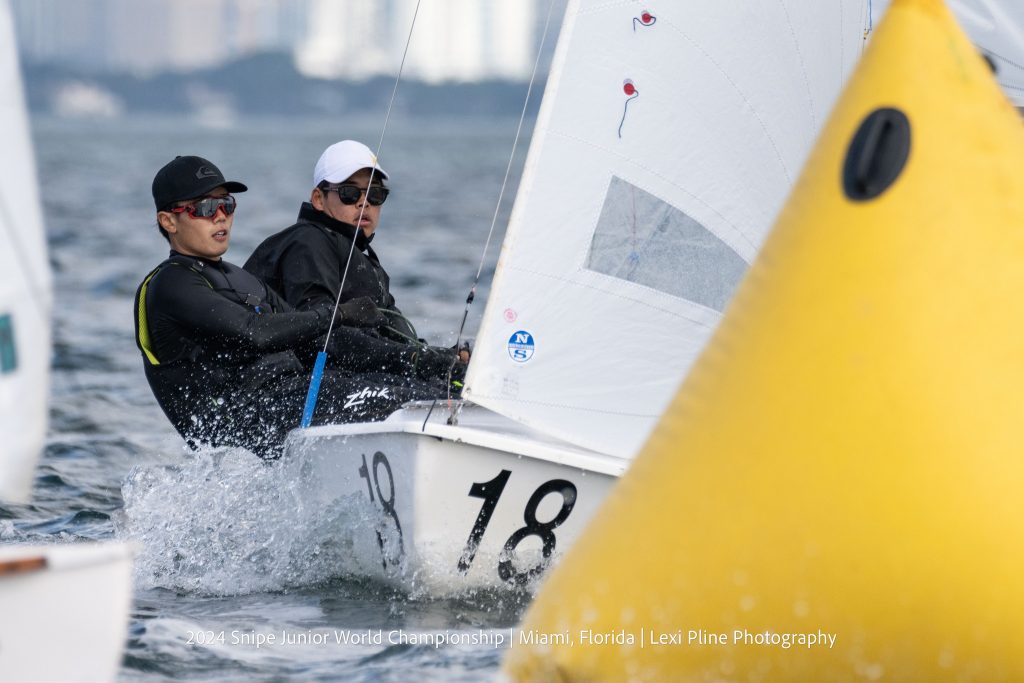
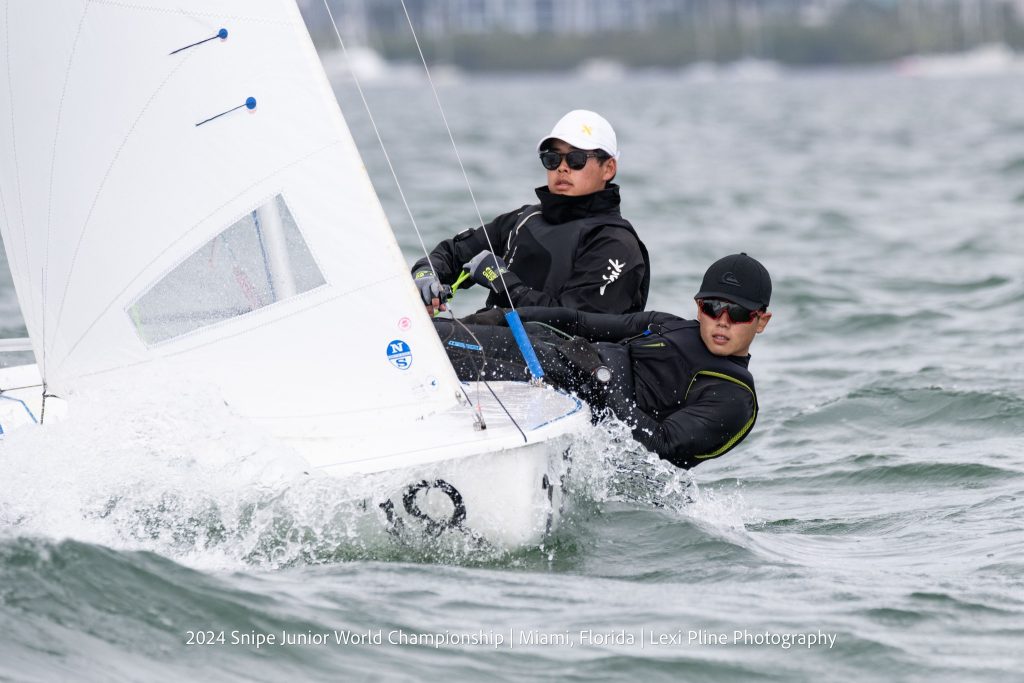
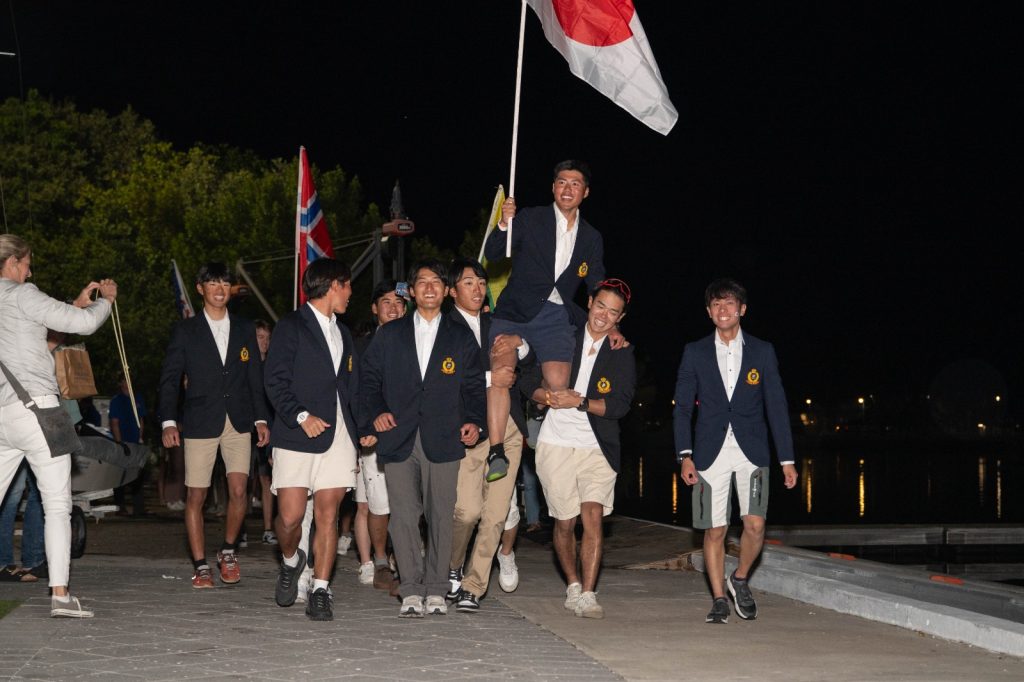
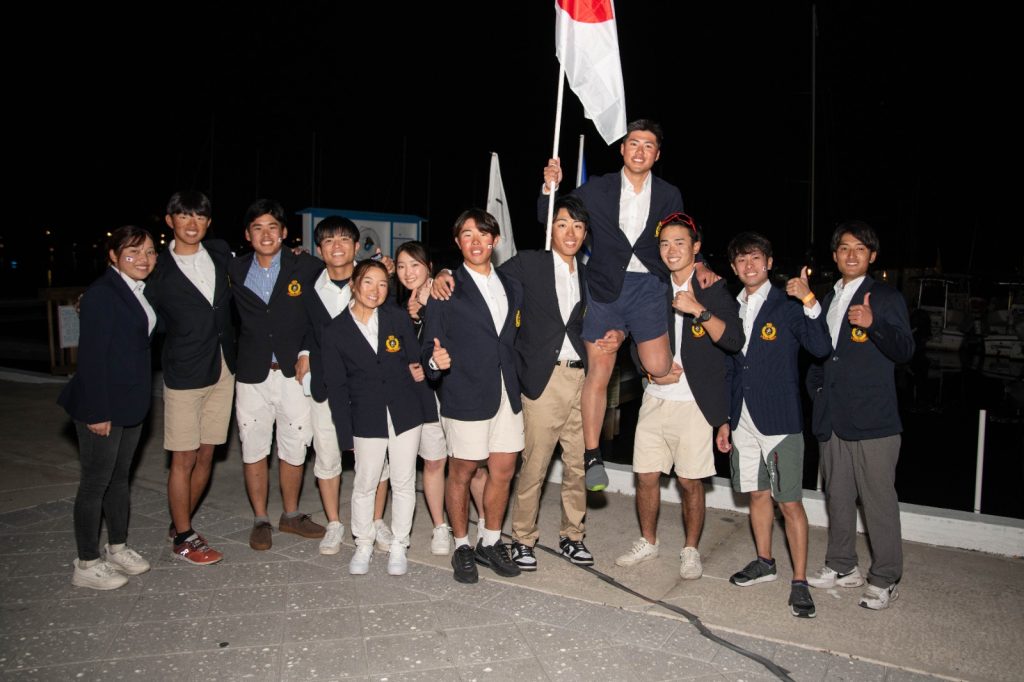
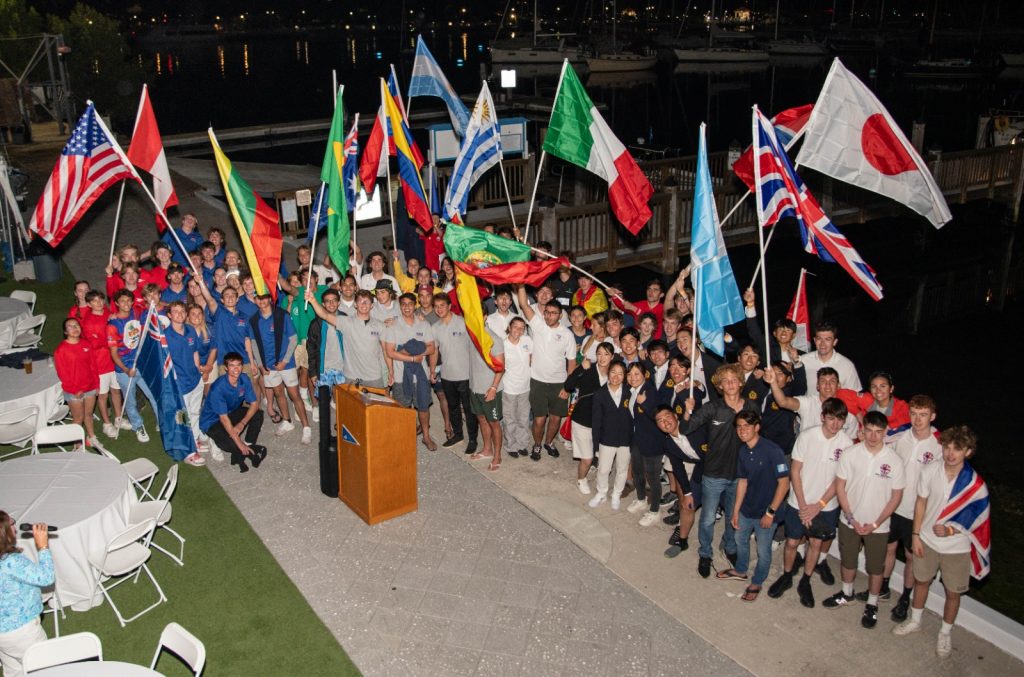
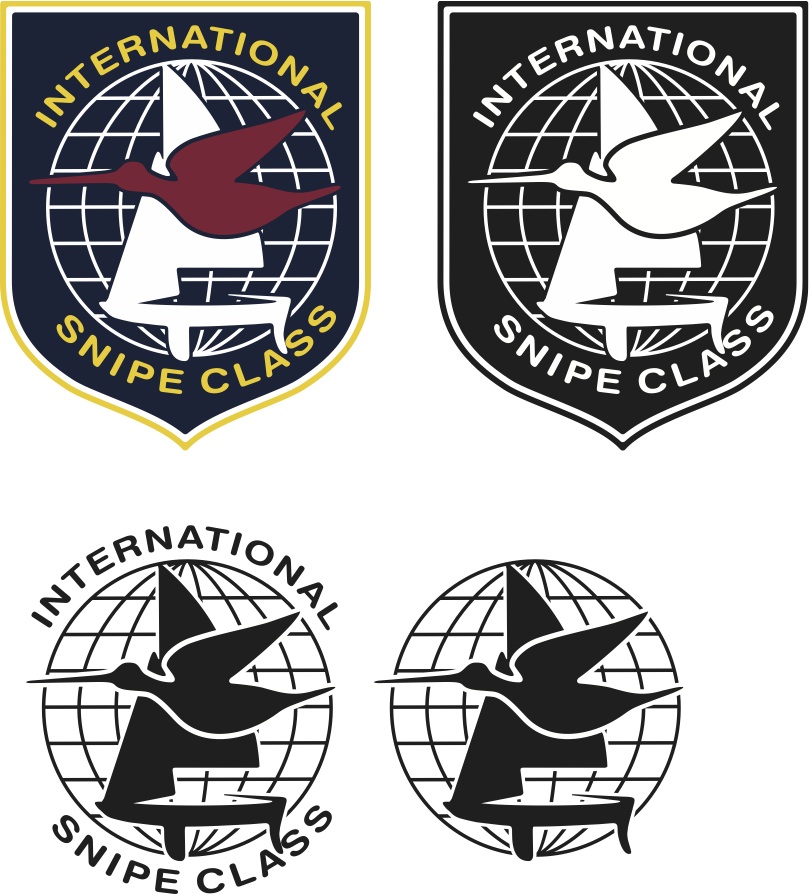
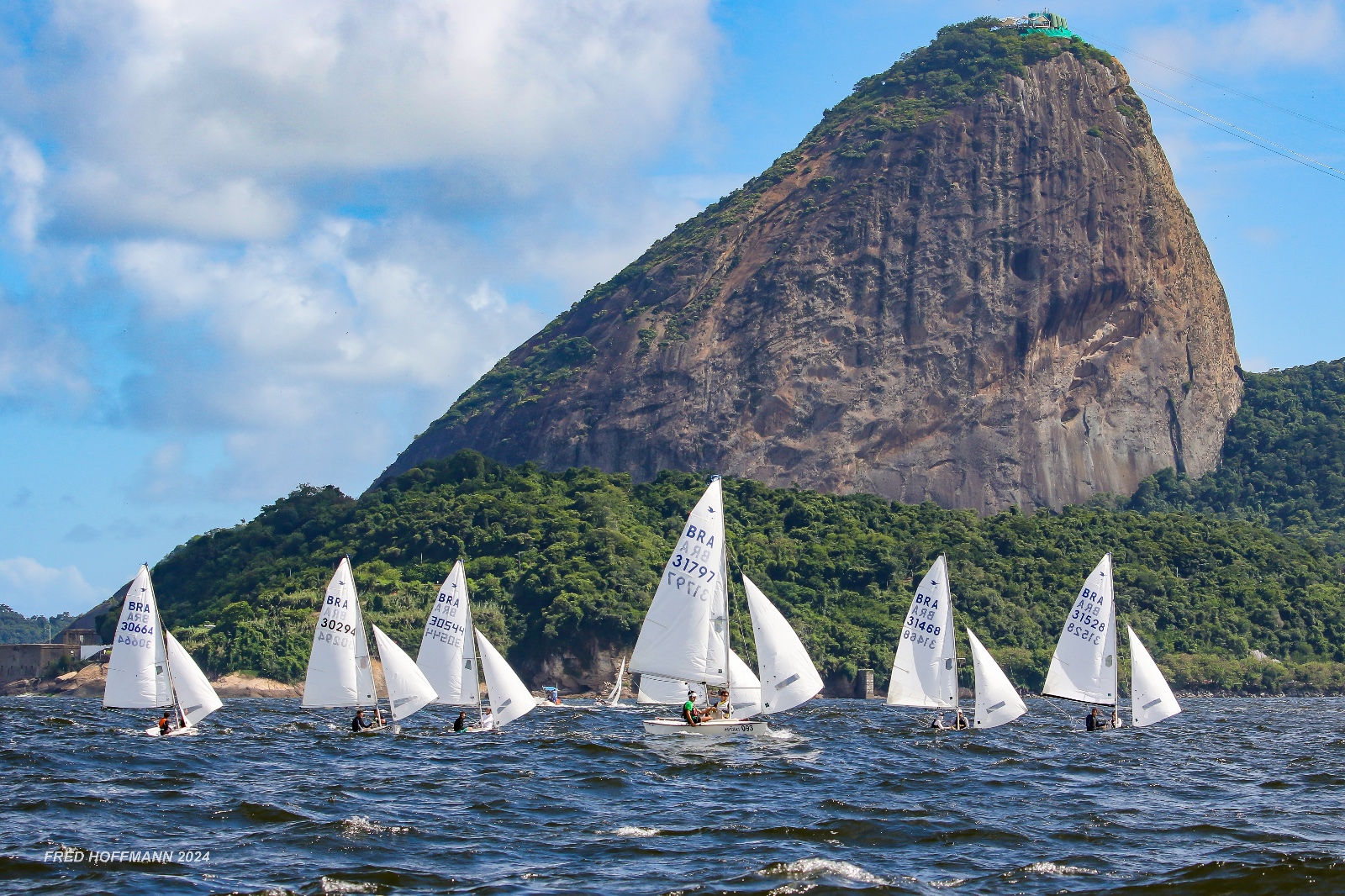
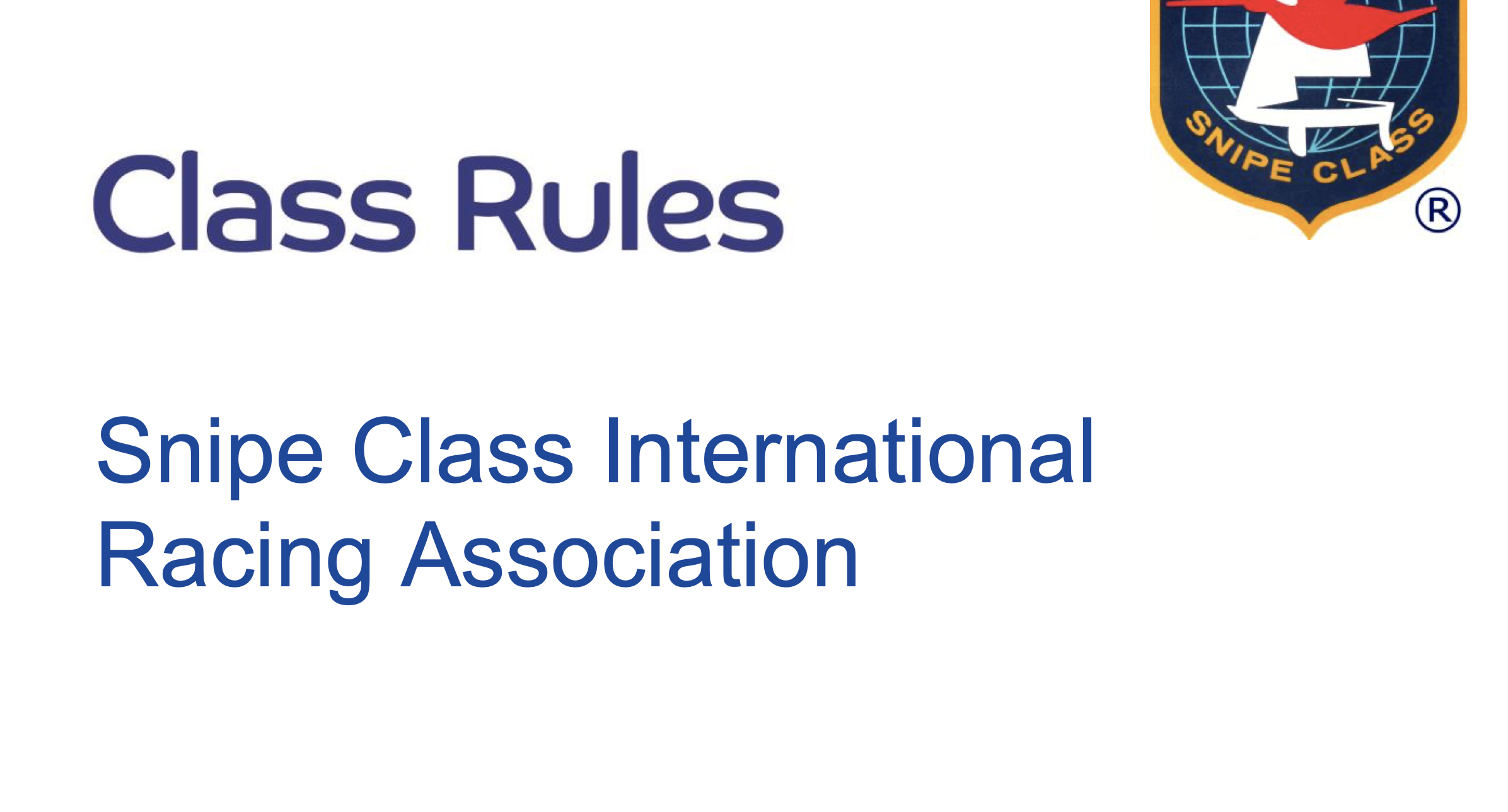
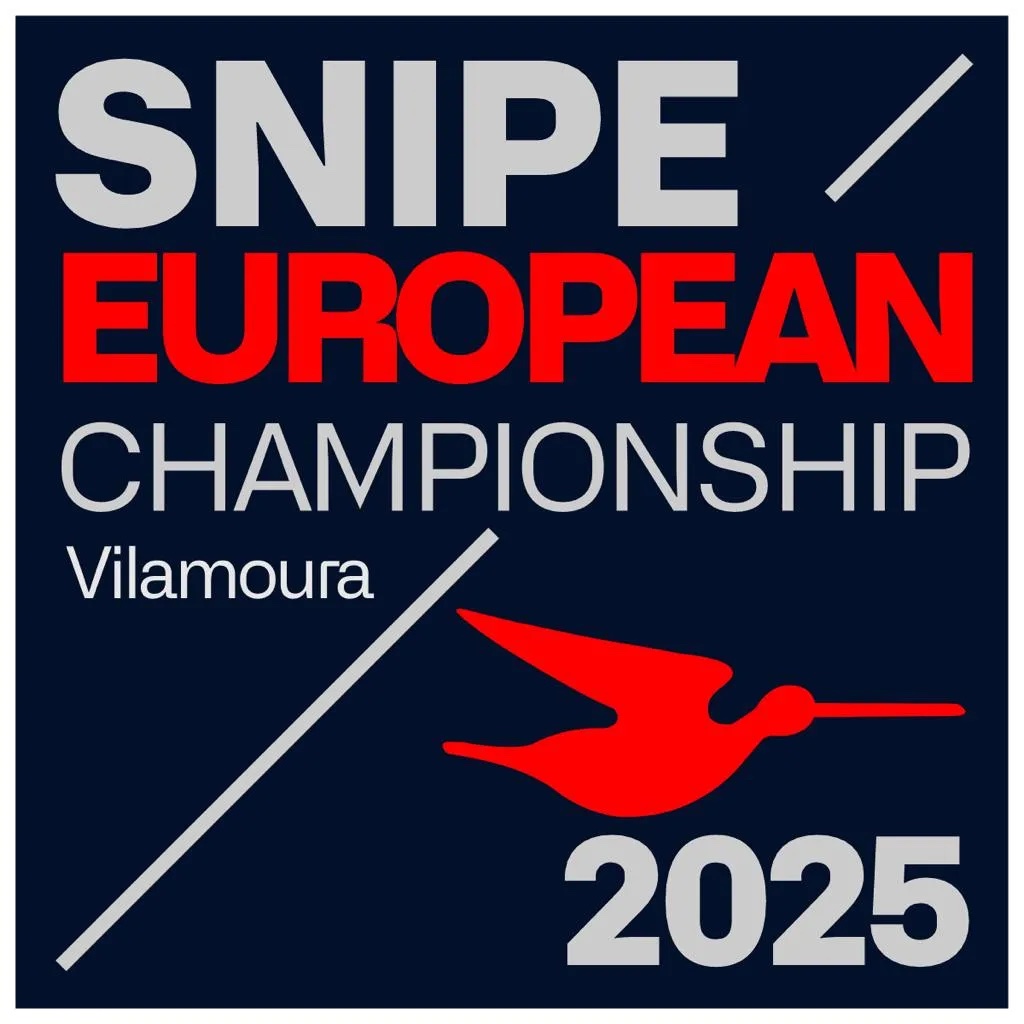
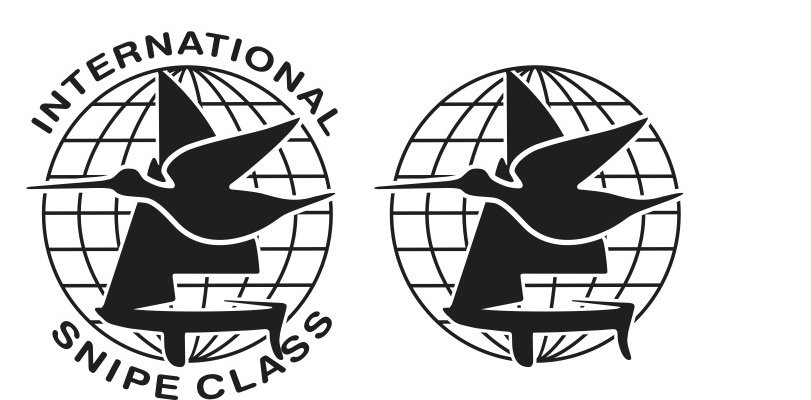
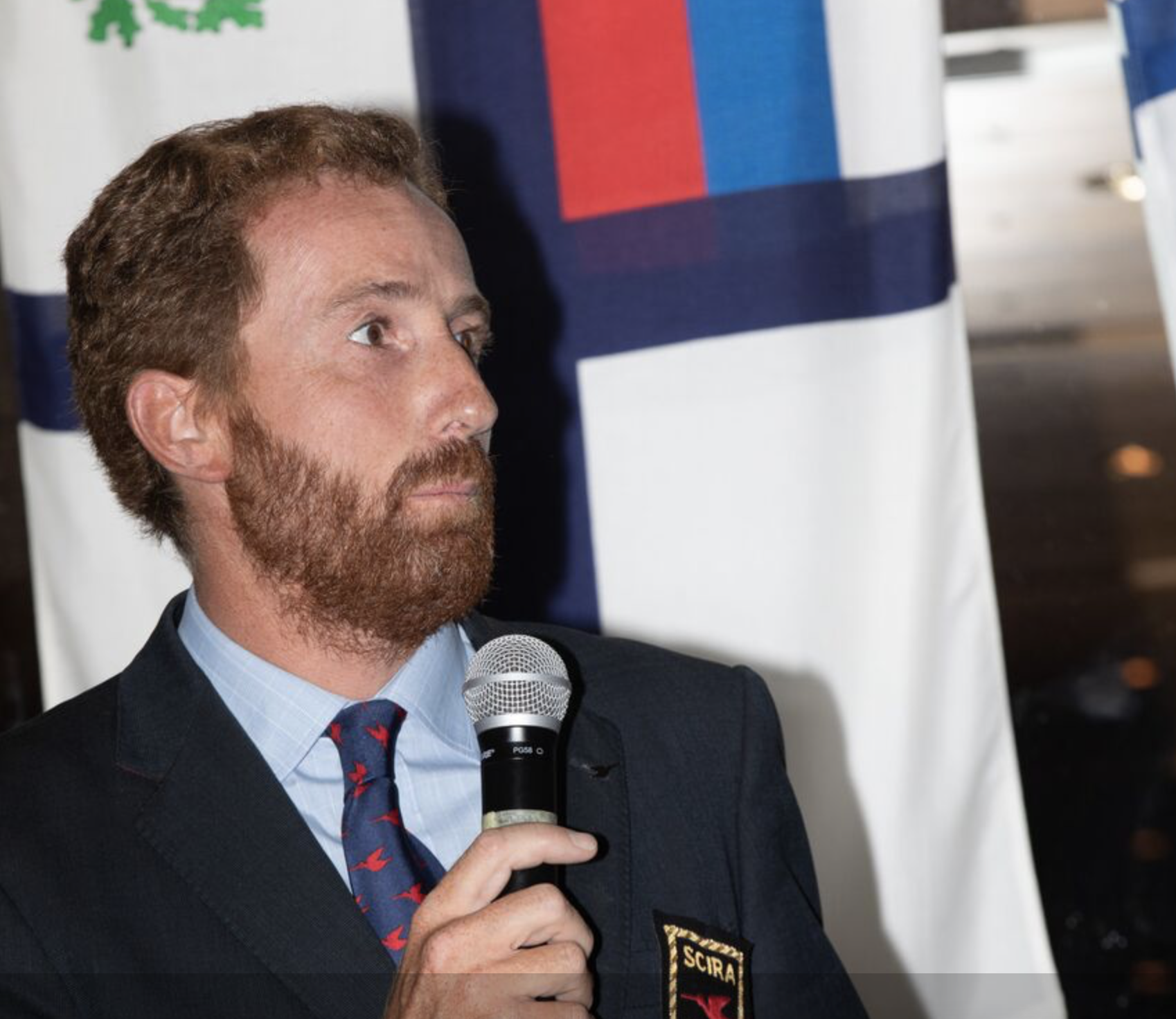
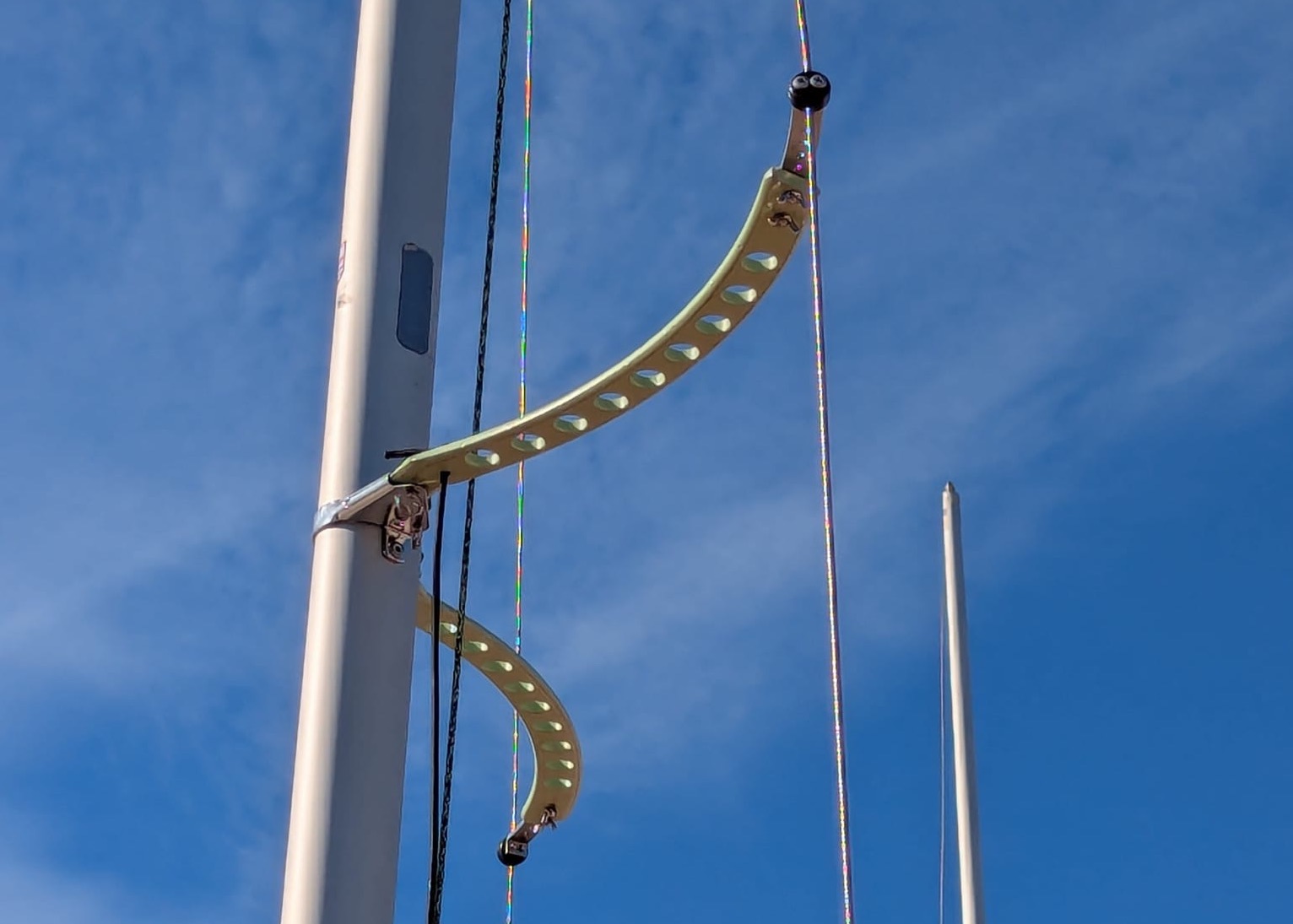
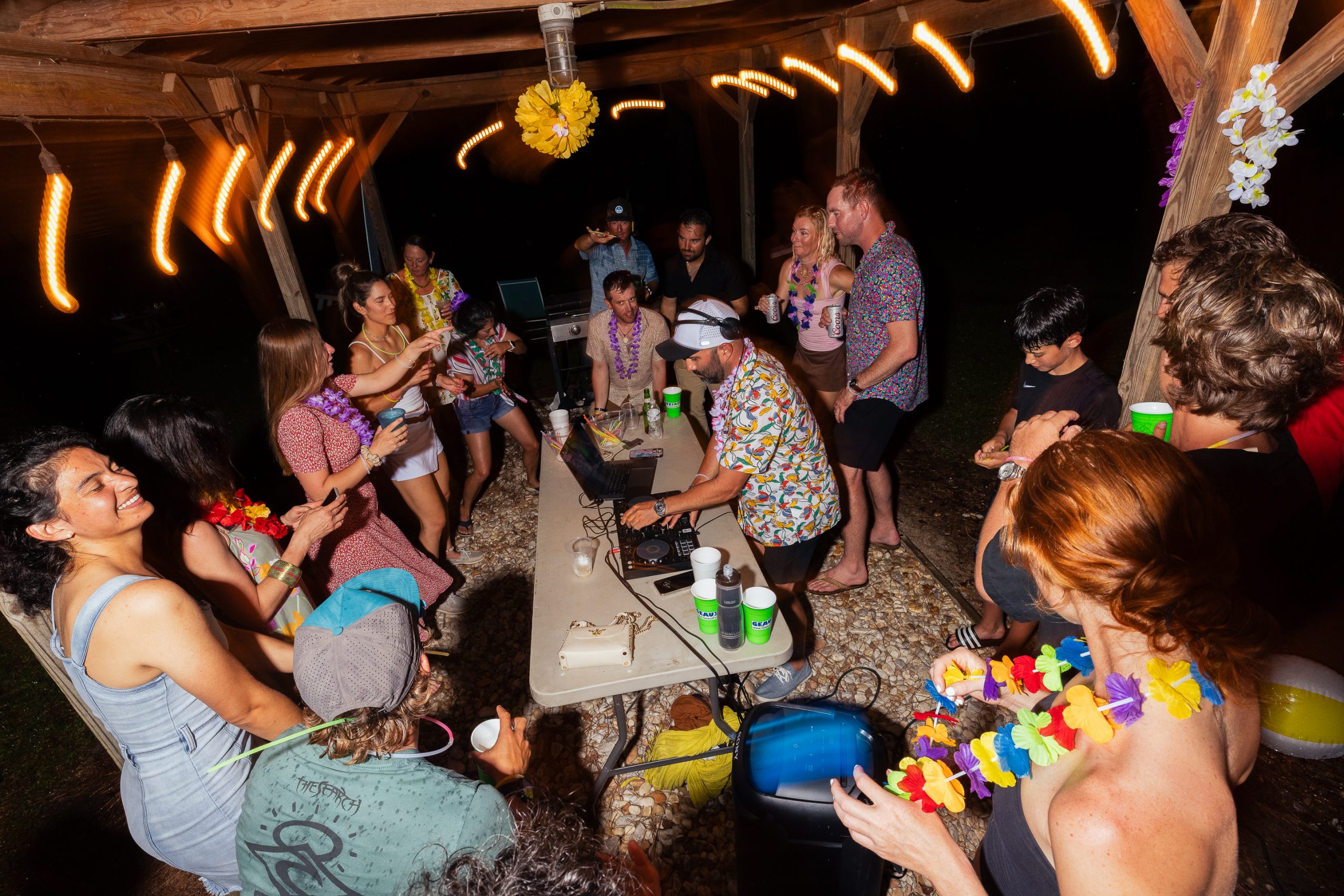
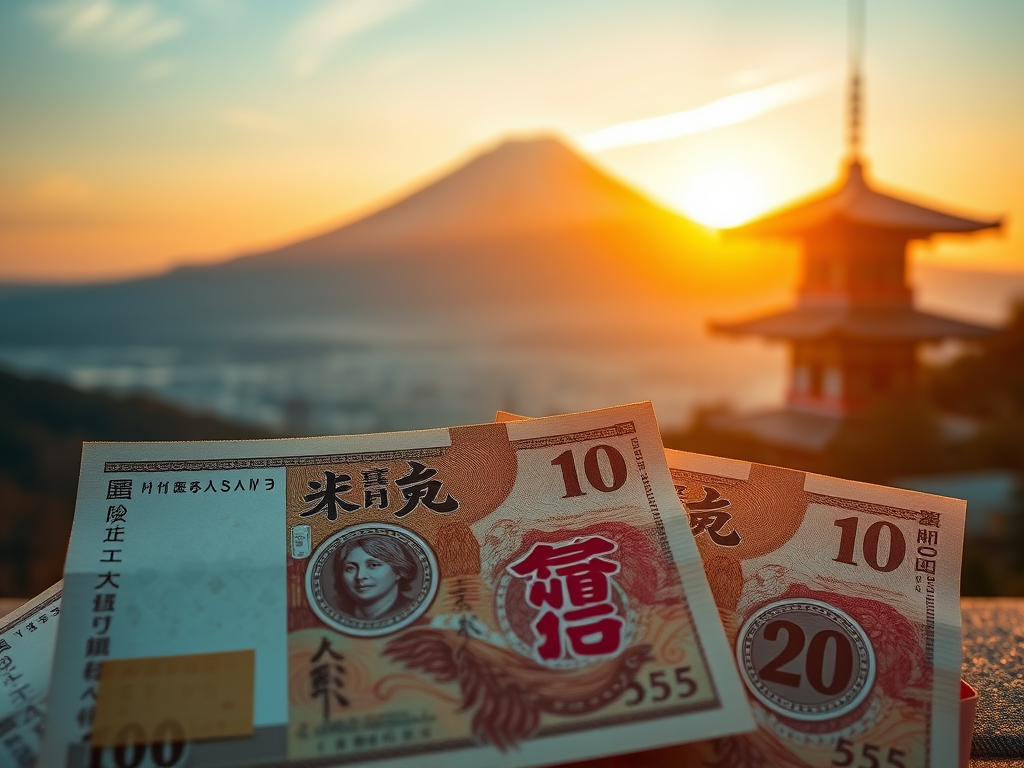
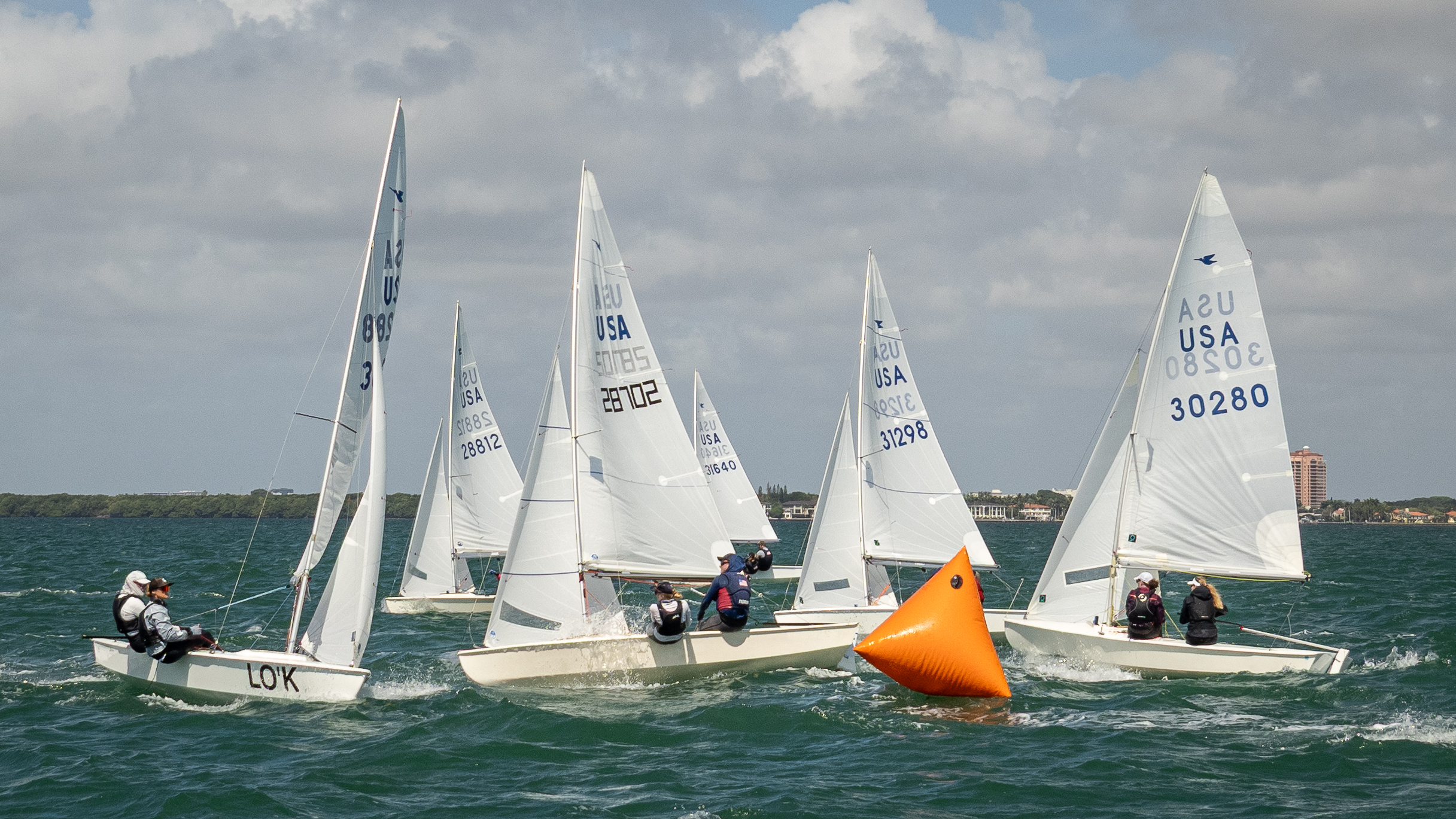
0 comments